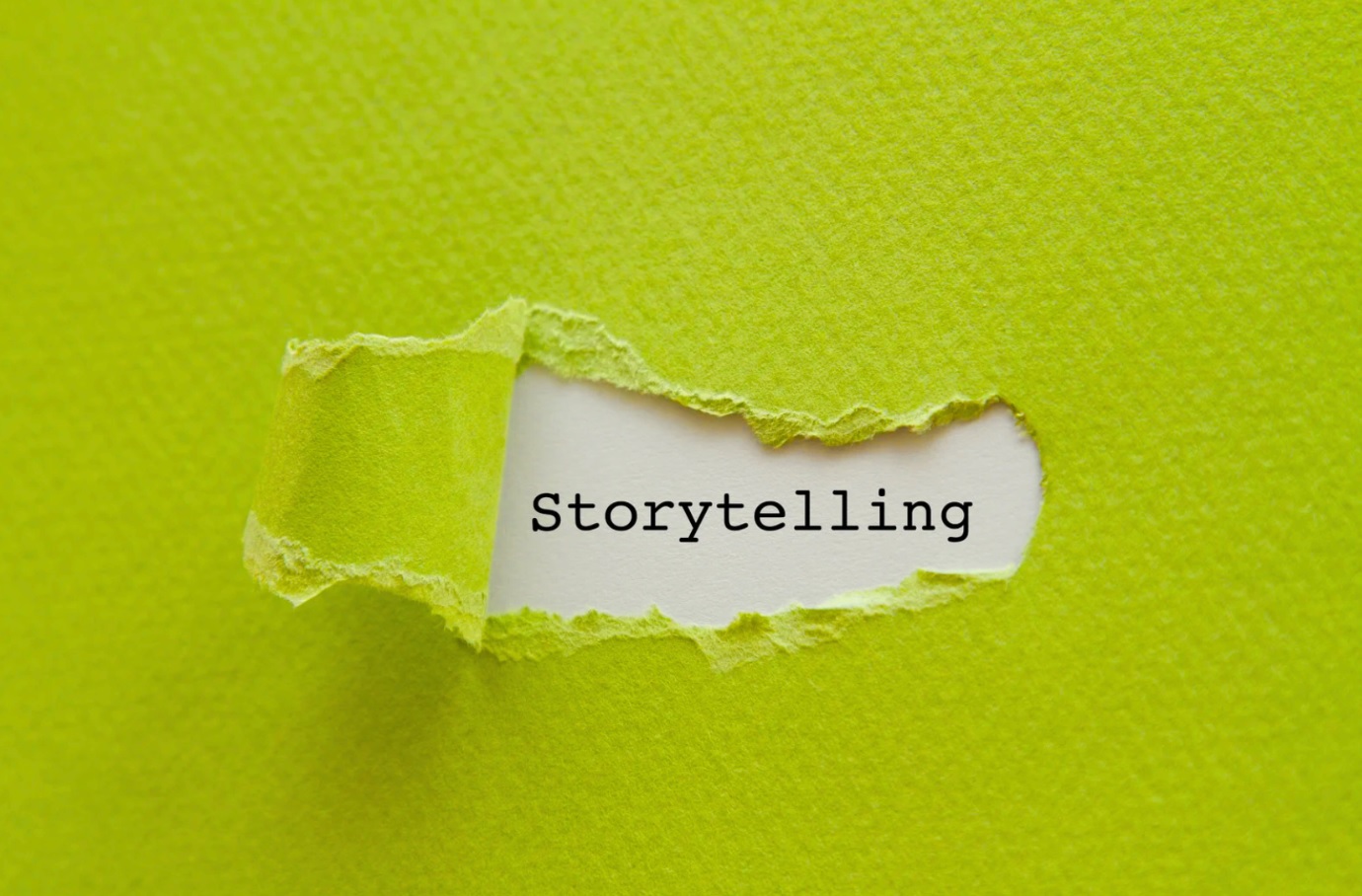by Annabel Sedgwick
Share
Share
Venturing Beyond Comfort: Ride London Experience. I recently took part in a long distance bike ride event (Ride London). This would be the furthest I had ever cycled in a day so my legs and, more importantly, my back side would need some significant training to get used to being in the saddle for so long.
Training. Being a scientist, it struck me how similar many aspects of my planning were to managing my clients in my day job as an account director at a busy life science marketing agency.
Defining the end goal. Pretty easy; to get round the course in one piece and hopefully enjoy doing it!
Planning the schedule. Training became a priority as somehow I needed to carve out extra time in an already busy family calendar. Cue the Excel spreadsheet, with slots booked for short rides, long rides and other fitness training.
Setting KPIs. I defined speed and overall mileage on my training rides as the key indicators of my performance, and quickly became addicted to tracking all my stats on Strava both during a ride and straight after.
Sourcing the right assets. Number one, a bike! Tick. A new pair of cycling shorts with extra cushioning (!), better socks so that my feet didn’t get so numb and a lighter coloured cycling top so that I didn’t get quite so hot.
Flexibility to make adjustments. Even with all the preparation I had done, that’s not to say everything went according to plan on the day of course! The most significant was the weather; after having approx. 40 days of stinking hot and dry weather, it rained heavily all day on the ride. This changed the conditions dramatically, but I had planned my gear well enough to cope with most eventualities.
Return on investment. Definitely! Great sense of achievement, boosted self-confidence and improved fitness.
Campaign review. Very satisfied with my time and the whole experience, so all in all a successful campaign. The results say it’s worth me doing it again next year!
Let’s face it: science doesn’t always make for the easiest bedtime reading. From protein sequencing pathways to CRISPR workflows, the language of scientific innovation can be a little… dense. But that doesn’t mean your message has to be. In fact, if you want to engage, inspire and drive action, storytelling could be your brand’s most
Sales cycles are inherently long in the life sciences and healthcare spaces, with complex products and decision-makers that often demand substantial evidence before committing to a solution. As a result, lead generation isn’t just about getting names on a list – it’s about attracting the right people, at the right time, with messaging that they
There is no doubt that, in an age of information overload, standing out is more challenging than ever, especially in the life sciences and healthcare markets. Video marketing offers a fantastic opportunity for brands trying to communicate complex ideas, products and services. After all, YouTube is the world’s second-largest search engine, with over a billion
What is data-driven marketing? Data-driven marketing is the practice of using measurable insights to inform, execute and refine your campaigns. It’s about continuous improvement and replacing assumptions with evidence. Data-driven marketing uses facts – not gut feelings – to guide everything from content creation to your choice of marketing and outreach channels. It’s marketing that’s



